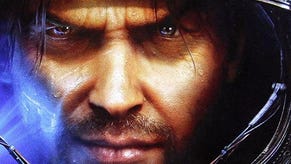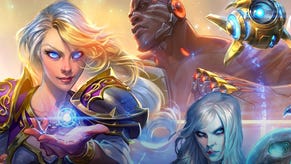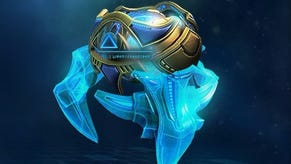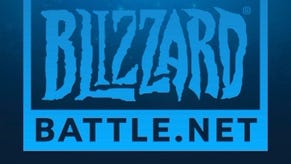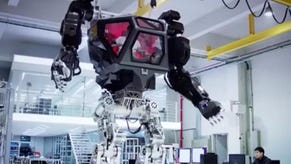StarCraft II
How the campaign and Battle.net change the game.
Within each band, you'll be randomly allocated to a "division" of 100 players, all at your rough skill level. You won't only play these players, but you'll only be ranked against them, with the aim to claw your way close to the top by the end of a season, which will last a few months. If you place high, you'll earn entry to an end-of-season tournament that will decide the winner of the league. The idea is to bring competition to all levels by keeping the scale small, and replicate the feeling of taking part in a local sports contest - like playing football with your pub team.
"I don't know that you need anything other than giving them the ability to win and compete," says Pardo on how to motivate more players to take part. "That's the biggest trick, because typically if you look at other ladders, people fall off pretty quick if they realise that they can't compete. Of 10,000 players, maybe the top 100 feel like they can really compete. So we took that concept and said, what if you're basically always competing in the top 100, right? But it's your division. I think that'll go a long way towards motivating people." Thinking of the dispiriting effect of the five-figure number next to my name on every Xbox Live Arcade scoreboard, I can't help but agree.
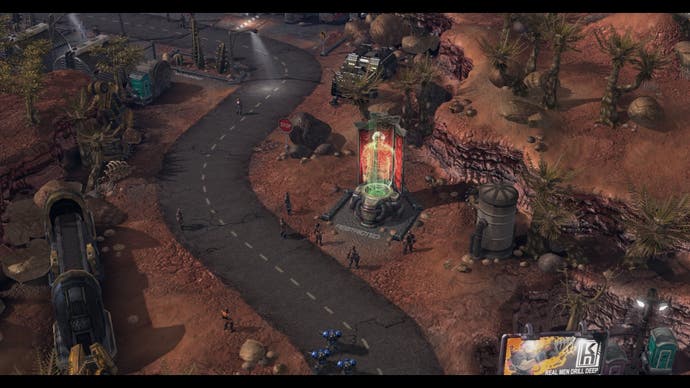
Blizzard's plans for building a thriving community and online scene around StarCraft II don't stop there. There's the professional e-sports dimension, likely to be kicked off in earnest in the first patch after the game ships, says Sigaty. "We have a number of things that we're working on to make sure that e-sport has the sporting needs to, as a community, be able to thrive. I know it's a scary time right now in e-sports with the economy the way it is, we're certainly aware of that, so the feature set to really help that group is coming after launch."
Then there's mod-making. Blizzard has spent the last few years reflecting on the overwhelming popularity of the Defence of the Ancients mod for Warcraft III - which ultimately surpassed that of the vanilla game - and how to encourage the same kind of diversity and more with StarCraft II. Its answer comes in two parts: that astonishing map editor, which could, Blizzard claim, be used to create an FPS or an RPG, and another post-launch feature of Battle.net: a marketplace for distributing and even selling mod content.
Both aim to attract the cream of the world's amateur designers to StarCraft II and make it feasible for them to spend money and time on more ambitious developments - as well as, not coincidentally, flooding regular players with new content between Blizzard's own updates. Could Blizzard even sell its own bite-sized games here? "There's currently not really a plan to do it and I'll tell you why - generally what happens with us is that the people who'd be able to make that content are going to be pretty busy working on the next chapter of the trilogy," says Pardo.
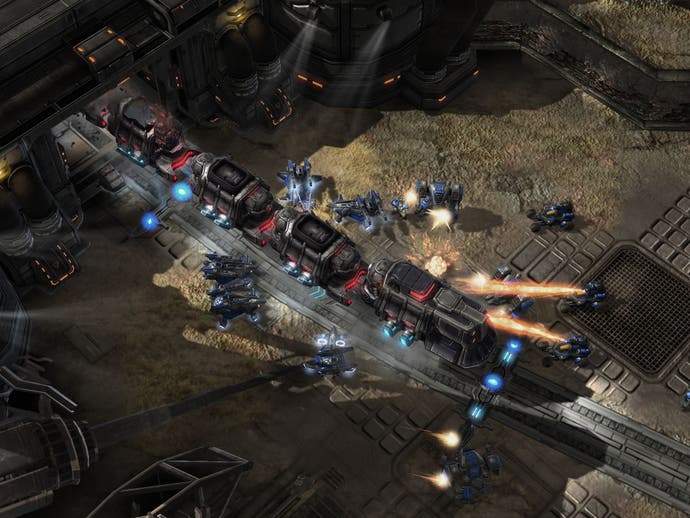
Nonetheless, it's an expansive and smart move from Blizzard, and just one more bullet-point in the endless, comprehensive feature list of a game and online gaming service that can't really be separated from each other. Even the smallest details have a potentially huge impact: Pardo himself singles out the Real ID system that allows you to attach a real-world identity to online IDs and game characters, Facebook-style, creating "a real friend network within your gaming community".
Every single thing is designed to make your relationship with StarCraft II a deep and long-lasting one. It is, in short, an RTS game made by a company that's just spend five years dominating MMOs, and learning everything there is to know about community and persistence in online gaming on the way. This one will run and run.
StarCraft II is due for release on PC and Mac in 2010.


